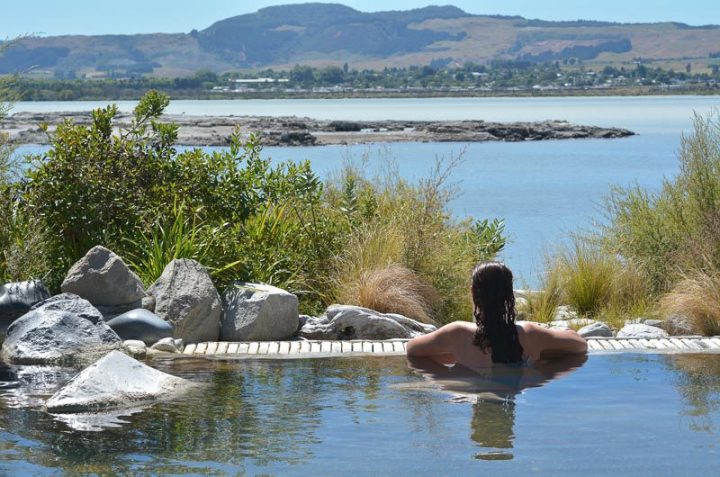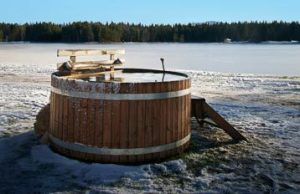
Temperature treatments
Actresses Courtney Cox loves an ice bath, while Gwyneth Paltrow is a fan of a sauna. Harnessing the benefits of the heat or cold, temperature therapy is gaining popularity as a natural approach to bettering overall wellbeing.
For very few people would a plunge into freezing cold water be a comfortable thing. The idea of it, let alone the action, is breathtakingly scary. The same can be said about immersing oneself in 90 degrees of heat with a sauna, although it seems like an easier mental challenge.
Top athletes have sworn by cold or hot water therapy in their recovery regimes. From celebrities to the Scandinavian babies left outside in cold weather for a stronger immune system, to grassroots-level sports teams, the health-boosting properties of hot and cold treatments are well-utilised.
Temperature therapy elicits a ‘shock’ response in your body, like the ‘fight-or-flight’ reaction that comes with extreme stress. After the consumption of that uncomfortable feeling of the cold or heat, which diverts your focus from other unpleasant happenings going on, the body will adapt and produce hormones, including serotonin and dopamine. At the finish, you will feel refreshed, relaxed, and rejuvenated.
Immersion in freezing cold water can reduce stress levels, inflammation, achy joints, and lift mental health and metabolism. While we do not have the luxury of living somewhere like Canada or Switzerland with beautifully icy lakes to plunge into, we do have alternatives. Plug-in ice baths exist for a seamless experience each time, while sizeable containers can be sourced for filling with ice and water at home. Cryotherapy and other treatments are available on the market, for one-off or recurring sessions. An easy introduction into the world of cold temperature therapy can be as simple as switching the tap cold for the last few minutes of showering, or a short swim in an unheated pool. 
Heat temperature therapy comes with a plethora of alternate benefits. Heat exposure and thermal therapy is a form of detoxification, leading to better skin, along with improved blood circulation, mental health, and cardiovascular health. Just close your eyes and think of it as one big warm hug for your body and mind. Aside from the sauna, spending time in warm bodies of water can be the next alternative. In New Zealand, while many natural hot springs have restricted entry, there are multiple local spots across Canterbury where you can utilise the properties. Otherwise, a hot bath or spa should do the trick.
The use of temperature therapy contributes to other gains, such as mental toughness, tolerance, and a better ability to adapt. In any way, both extremes encourage relaxation, clarity, and time away from devices or other contributors to a brain that just will not slow down. For both, hydration is key, as too much fluid loss can lead to more harm than good.
Some experts suggest marrying hot and cold temperature stimulation in your wellness journey. However, before moving forward with anything, it is best to consult one of Christchurch’s many experienced specialists in temperature therapy, or your general practitioner.
Get the benefits
Cold plunge, start with 30 seconds and work your way up to five or 10 minutes.
Ice bath, between one and five minutes, depending on the temperature.
Sauna, spend 15-20 minutes and rehydrate afterwards.
Hot spring, soak for 10-15 minutes intermittently.
Top tip
Be careful and find your level of safe extreme. Push through the mental challenge yet listen to your body and remove yourself from the therapy immediately upon feelings of restriction or panic.



